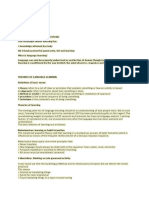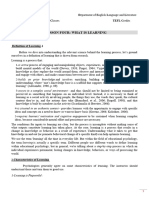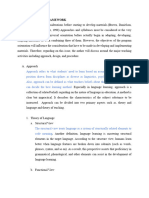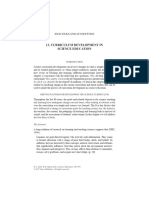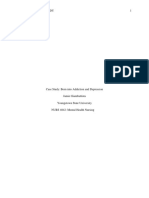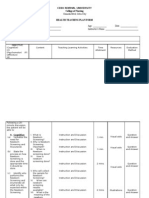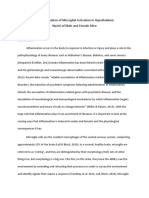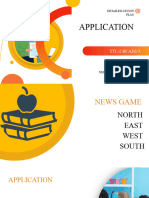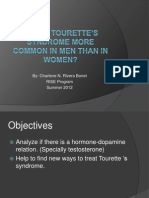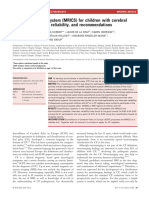0% found this document useful (0 votes)
8 views60 pagesEsp For Program Development
The document discusses the methodology of English for Specific Purposes (ESP) in language teaching, emphasizing that there is no singular methodology for ESP and that teachers must integrate language learning with subject-specific knowledge. It outlines various principles of language learning, including the importance of emotional factors, active participation, and the need for variety and coherence in lesson planning. Additionally, it presents model lessons and techniques that can be applied in ESP classrooms to enhance student engagement and learning outcomes.
Uploaded by
ferdi019Copyright
© © All Rights Reserved
We take content rights seriously. If you suspect this is your content, claim it here.
Available Formats
Download as PPTX, PDF, TXT or read online on Scribd
0% found this document useful (0 votes)
8 views60 pagesEsp For Program Development
The document discusses the methodology of English for Specific Purposes (ESP) in language teaching, emphasizing that there is no singular methodology for ESP and that teachers must integrate language learning with subject-specific knowledge. It outlines various principles of language learning, including the importance of emotional factors, active participation, and the need for variety and coherence in lesson planning. Additionally, it presents model lessons and techniques that can be applied in ESP classrooms to enhance student engagement and learning outcomes.
Uploaded by
ferdi019Copyright
© © All Rights Reserved
We take content rights seriously. If you suspect this is your content, claim it here.
Available Formats
Download as PPTX, PDF, TXT or read online on Scribd
/ 60

